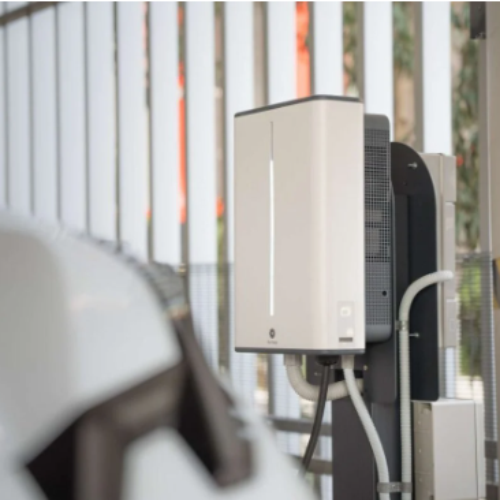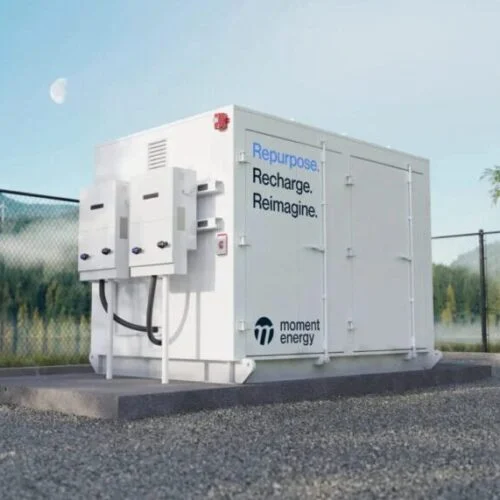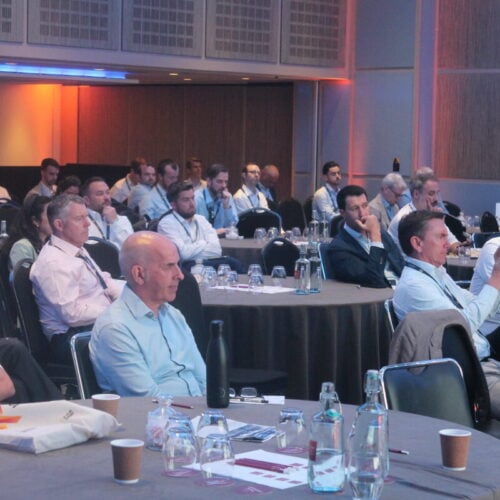Researchers at Imperial College London have warned against the use of renewable energy models that fail to take into account the reliability of supply.
In a new paper published in energy-related journal Joule, researchers Clara Heuberger and Niall Mac Dowell have said that some studies and models used to predict how whole energy systems may run on near-100% renewable energy by 2050 may not take into account “real-world challenges”.
They particularly criticised models that did not consider power transmission, energy storage and system operability requirements.
The team at Imperial noted one model they used for a power generation system for the UK that would be based entirely on hydro, wind and solar stations by 2050. Tests of this model concluded that the system would fail enough to deem it “inoperable” due to the lack of firm and dispatchable ‘back-up’ energy systems.
Heuberger said that mathematical models that neglect such issues risked misleading decision makers and the public and could even result in delays to the wider low carbon transmission.
Mac Dowell concluded that the focus should be on maximising the rate of decarbonisation, rather than on the exclusive use of renewable power.
“Nuclear, sustainable bioenergy, low-carbon hydrogen, and carbon capture and storage are vital elements of a portfolio of technologies that can deliver this low carbon future in an economically viable and reliable manner.
“Finally, these system transitions must be socially viable. If a specific scenario relies on a combination of hypothetical and potentially socially challenging adaptation measures, in addition to disruptive technology breakthroughs, this begins to feel like wishful thinking,” he said.
However most noteworthy power sector decarbonisation models take a whole systems approach. The government’s own approach is famously enforced by the Climate Change Act, which sets emissions targets rather than renewable energy or technology-specific goals.
The Committee on Climate Change also does not model for any particular technologies and merely advocates on whole sector emission guidelines, technology deployment costs and the need for system flexibility.






